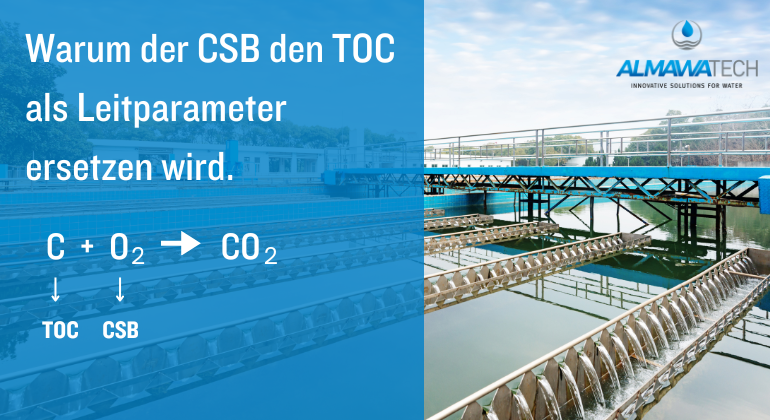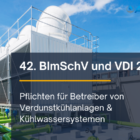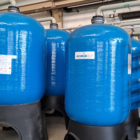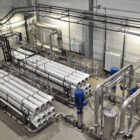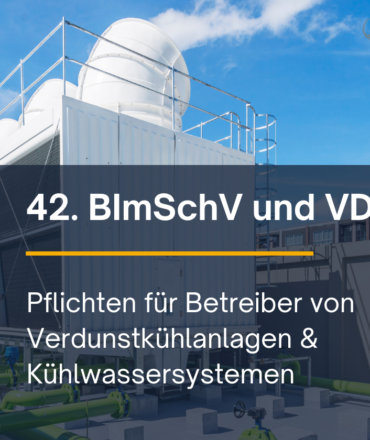Various parameters are available to determine the degree of contamination of wastewater, including chemical oxygen demand (COD) and total organic carbon (TOC). The traditional COD parameter, which has been the subject of controversy for some time, is increasingly being replaced by the more modern and environmentally friendly TOC parameter.
This blog article takes a closer look at the differences between COD and TOC, their respective advantages and disadvantages and the increasing importance of TOC as the preferred lead parameter in water analysis.
Table of contents
Analysis method
COD
The chemical oxygen demand (COD) quantifies the oxygen supply required to effectively oxidize all oxidizable substances in a water sample. For this purpose, a sample of the water to be analyzed is taken and treated with a mercury-based sulphuric acid solution. A specified amount of an oxidizing agent, such as potassium dichromate, is then added and the mixture is heated to high temperatures under reflux conditions.
During this process, chromium(VI) is reduced to chromium(III). Once the reaction is complete, the amount of unreacted dichromate ions is measured, either by titration or photometric methods. From the amount of dichromate consumed, it is possible to deduce how much oxygen would be required to oxidize the oxidizable components in the sample, which defines the COD value.
TOC
Total organic carbon (TOC) measures the total concentration of carbon present in organic compounds in a water sample. To determine this, a water sample is first mixed with a mineral acid, usually hydrochloric acid, to remove inorganic forms of carbon, such as carbonates or hydrogen carbonates.
The carbon dioxide released by the addition of acid is then removed using purge gas. For further analysis, a certain aliquot of the sample is burned over a hot catalyst in an oxygen-rich gas stream. The organic substances oxidize to CO2, which is passed via a carrier gas to an NDIR detector where it is detected.
Advantages and disadvantages of both parameters
The trend towards replacing chemical oxygen demand (COD) with total organic carbon (TOC) as the key parameter in water analysis can be explained by several factors:
Sensitivity and accuracy
TOC analyses are often more sensitive and accurate than COD analyses. They can measure organic compounds directly, whereas COD is an indirect measurement based on the oxidation of oxidizable substances. This means that non-organic substances are also recorded when measuring COD. In TOC analysis, the oxidation of the carbon in the organic substances is followed by the measurement of theCO2 content in a carrier gas.
Time and cost efficiency
TOC analyses can generally be carried out more quickly than COD tests. While COD analysis requires more than 120 minutes according to the standard, a TOC analysis can be carried out in just a few minutes. In addition, performing TOC analyses often requires fewer chemicals and consumables, resulting in lower operating costs.
More environmentally friendly analysis
When analyzing COD, acidic wastewater contaminated with heavy metals (e.g. mercury and chromate) is produced. TOC analysis requires less use of chemicals, which reduces the risk of exposure and accidents and reduces the environmental impact of laboratory waste.
Overall, TOC analyses offer a number of advantages over COD analyses, which explains their increasing use as the preferred lead parameter in water analysis.
Advantages and disadvantages of both parameters
In some annexes of the German Wastewater Ordinance (AbwV), TOC can already be found as a relevant wastewater parameter. These include, for example
- Annex 13: Manufacture of particleboard, wood fiberboard or wood fiber mats
- Appendix 19: Pulp production
- Appendix 22: Chemical industry
- Appendix 28: Production of paper, cardboard or paperboard
- Annex 33: Scrubbing of waste gases from the incineration of waste
- Annex 38: Textile production, textile finishing
- Appendix 39: Non-ferrous metal production
- Annex 45: Petroleum refining
- Annex 47: Scrubbing of flue gases from combustion plants
Conclusion
It can be assumed that in the coming years, total organic carbon (TOC) will increasingly replace chemical oxygen demand (COD) as the key parameter.


